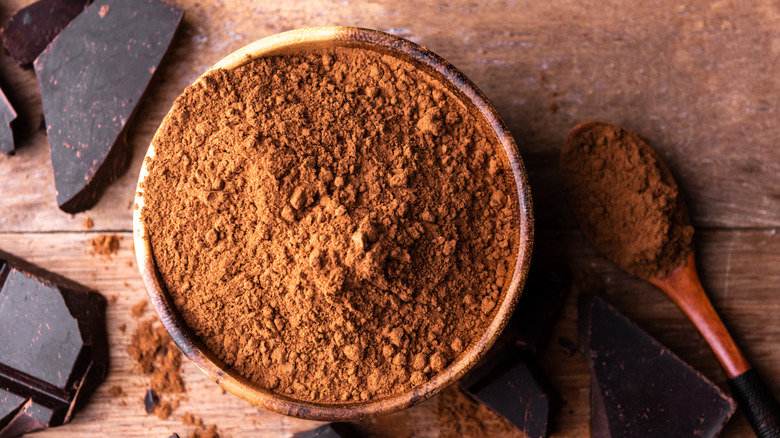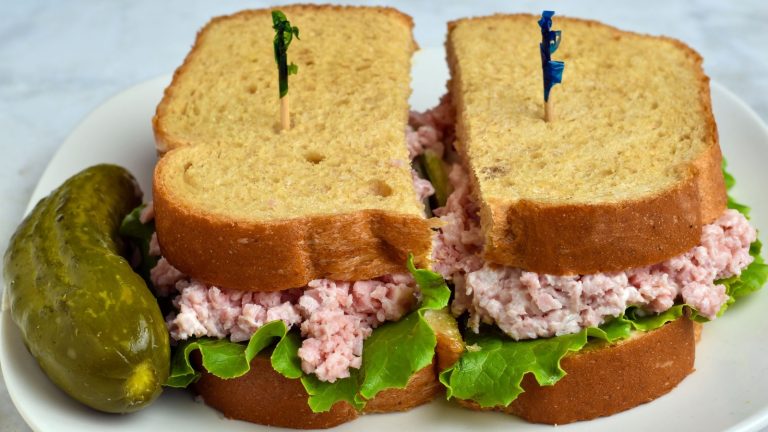Chocolate is a sweet treat that has long been an essential part of our lives, whether in celebration or as stress relief. Its flavor profile ranges from the intense bite of dark chocolate to the smooth creaminess of milk chocolate. But regardless of which you prefer, both contain America’s stimulant of choice: caffeine. And one chocolate has significantly more than the other.
Cocoa is the foundational ingredient in all things chocolate, derived from the cocoa bean, which is harvested from the cocoa pods of the cocoa tree. The fruit naturally contains caffeine — 1 cup of unsweetened cacao powder contains up to 200 milligrams, which is equivalent to about 2 cups of coffee. However, that number quickly drops to miniscule amounts, between 2 and 35 milligrams per serving, after the chocolate-making process, which liquefies the beans to create cocoa solids and cocoa butter. The darker the chocolate, the more cocoa solids there are, resulting in more caffeine and bitterness. In fact, dark chocolate can contain anywhere from two to 13 times more caffeine than milk chocolate.
Caffeine in cocoa with a hidden benefit
The amount of caffeine in chocolate decreases significantly during the chocolate-making process. But dark chocolate can still contain anywhere from 35 to 200 milligrams of caffeine per 50 grams. This wide range depends on the amount of cocoa solids used. For reference, dark chocolate will typically contain anywhere between 50% and 90% cocoa solids.
Another stimulant found in the cocoa bean is theobromine, which has a mild stimulant effect. Similar to caffeine, it is concentrated in dark chocolate due to cocoa solids. Theobromine also offers potential health benefits. Research suggests it might promote a healthy immune system, enhance cognitive function, aid in joint health, and act as a therapeutic for people with brain diseases like depression and Alzheimer’s.
Milk’s harmonious blend with cocoa
In addition to the liquidation process that dramatically reduces the caffeine content, the addition of milk drops it even further, trading caffeinated bitterness with creamy sweetness. After the process is done, milk chocolate is left with 14 milligrams of caffeine per 50 grams. In order for this sweet treat to be considered “milk chocolate,” it must contain at least 12% of milk solids in the form of liquid, fat, or powder. This lowers the amount of cocoa solids that contain caffeine. As such, milk chocolate contains anywhere from 10% to 50% of cocoa — significantly lower than its dark chocolate counterpart.
That said, milk chocolate typically includes other additives, such as sugar, to further reduce the bitterness of the cocoa. When the chocolate contains no cocoa solids, it becomes white chocolate and loses all caffeine since it’s made from cocoa butter, milk, and sugar. Whether you prefer intense flavor or tame sweetness, understanding cocoa is an important factor when learning everything you need to know about when baking with chocolate.







